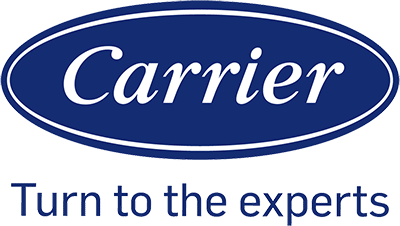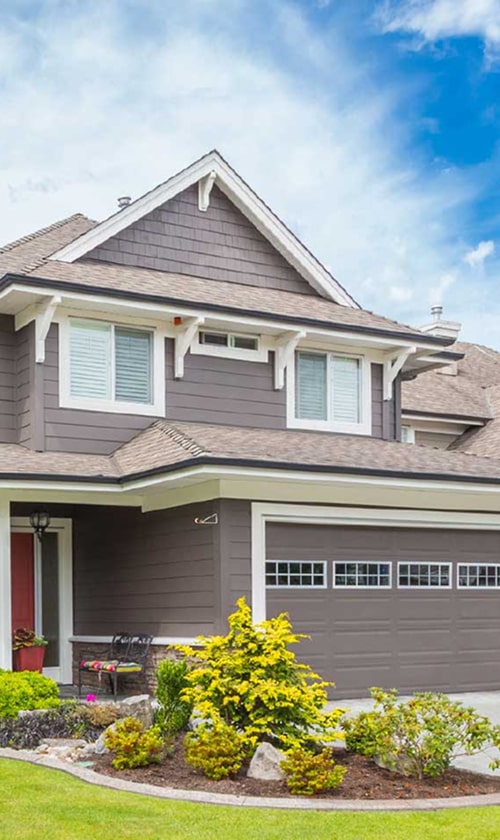Understanding Central Air Conditioning Systems

Central air conditioning systems play a vital role in keeping our homes comfortable. They use a network of components to cool and circulate air. Knowing these parts helps us understand how our system works and the different models available.
Components of Central Air Systems
Central air systems consist of several key parts: the indoor unit, the outdoor unit, and refrigerant lines. The indoor unit usually contains the evaporator coil, which cools the air. The outdoor unit is home to the compressor and condenser coil.
Refrigerant lines connect these units, carrying coolant between them. The main job of the compressor is to pump refrigerant through the system. This allows it to absorb and release heat. The evaporator coil absorbs heat from the indoor air, and the condenser coil releases it outside.
For homes with limited space for separate indoor and outdoor units, we can use a package unit. It combines all components in one unit.
Types of Central Air Conditioners
There are different types of central air conditioners: split systems, packaged units, and heat pumps. Split systems are the most common and have separate indoor and outdoor units. They provide effective cooling for larger homes.
Packaged units combine all parts into one outdoor structure, making them ideal for homes without space for two units. Heat pumps efficiently heat and cool. They work like a split system, but can reverse function to provide heating in winter.
Each option suits different needs, so we must consider home size, climate, and budget when choosing.
Pre-Installation Considerations
Planning to install a central air conditioning system involves several important steps. We must be careful in choosing the right AC unit, checking the quality of our home insulation, and ensuring that our ducts and airflow are set up correctly.
Selecting the Right AC Unit
Choosing the right air conditioner is crucial. We need to consider the size of our home to ensure the AC unit is neither too small nor too large. Units that are too big waste energy, whereas those too small won’t cool our home effectively.
Types of Units:
- Traditional air conditioners
- Heat pumps
Energy Efficiency: Look for units with a high SEER (Seasonal Energy Efficiency Ratio) rating. The higher the rating, the more efficient the unit.
Budget Considerations: Make sure to factor in both initial costs and long-term energy savings when choosing an AC unit.
Assessing Home Insulation
Insulation plays a vital role in maintaining the desired temperature. Well-insulated homes help reduce energy consumption, keeping cool air inside during hot months.
Check Key Areas:
- Attics
- Walls
- Windows
Methods to Improve Insulation:
Consider adding or upgrading insulation materials such as fiberglass, foam board, or reflective systems. Adequate insulation reduces the strain on our air conditioner and can lead to significant energy savings.
Understanding Airflow and Ductwork
Proper airflow ensures that every room gets enough cooled air. Our ductwork must be in good condition and appropriately sized.
Considerations for Ducts:
- Ensure no blockages
- Seal leaks that may cause air loss
Airflow Assessment: It’s important to evaluate current air circulation in our home. Vents should be unobstructed, allowing free movement of air.
System Balance: Balancing involves adjusting the supply and return air distribution to ensure comfort and efficiency throughout the home. This helps in preventing hot or cold spots.
Installation Process

Installing a central air conditioning system involves precise steps. This includes setting up both outdoor and indoor units, connecting refrigerant lines, and arranging the electrical and thermostat configurations. Each part plays a crucial role in ensuring the system works efficiently.
Setting up the Outdoor Unit
The outdoor unit houses components like the compressor and condenser coil. We need to pick a stable, flat surface to install it, usually on a concrete pad or sturdy brackets. The unit should have enough space around it for airflow and maintenance. Clearances are important, so we keep the unit at least 12 inches away from walls or obstructions. Secure connections to the home’s electrical supply ensure safe operation. We also make sure drainage for condensation is addressed to prevent any water buildup that can damage the unit.
Installing the Indoor Unit
The indoor unit is commonly placed near the air handler or furnace. It includes the evaporator coil and blower. First, we attach the mounting bracket to a firm spot on the wall or ceiling. This holds the indoor unit securely.
The unit’s placement is key. It should be positioned for efficient air distribution. After securing it, we connect the unit to existing ductwork, sealing any gaps to prevent loss of cooled air. This step helps in achieving maximum efficiency. Filters in these units require easy access for regular cleaning or replacement. We’ve found that proper insulation around the unit prevents energy loss and keeps the system energy-efficient.
Connecting Refrigerant Lines
Connecting refrigerant lines is a task that requires precision. These lines link the indoor and outdoor units, carrying the refrigerant fluid essential for cooling. We use insulated copper lines, which also help in preventing energy loss.
These lines must be accurately measured and cut. We connect them using flare or solder joints to ensure a leak-proof seal. Properly sealed lines maintain system efficiency and prevent refrigerant loss. Upon completion, we evacuate the lines to remove any air or moisture. This prepares the system for the refrigerant charge. Pressure testing helps us detect leaks, ensuring the system operates securely.
Electrical and Thermostat Set-Up
The electrical setup links the air conditioning system to the home’s power supply. We verify all wiring meets local codes, using insulated wires to prevent accidents. Circuit breakers must be correctly rated for the system’s power needs. After connecting the power, setting up the thermostat allows us to control the air conditioning.
Most modern systems use digital or smart thermostats. These offer programmed settings to enhance convenience and efficiency. We connect the thermostat by running low-voltage wires from the indoor unit. If there’s a need for calibration, we ensure temperature accuracy for the best comfort level. With everything wired up and in place, we perform final checks to confirm system readiness.
System Testing and Quality Assurance
After installing central air conditioning, we need to ensure everything is running properly. This involves checking for leaks, verifying that the system is functioning correctly, and confirming efficient temperature control. Our goal is to offer a reliable and comfortable environment.
Checking for Leaks and Proper Function
Identifying leaks in the central air system is crucial. Leaks can lead to inefficiency and higher energy bills. We should inspect all connections and seals around the unit. Look for any signs of moisture or wear, which might indicate a leak.
Once we’ve checked for leaks, it’s vital to ensure the system operates as intended. Turn on the system and observe if it starts smoothly. Listen for any unusual sounds, as they might signal a problem. Confirm that air is flowing adequately from all vents, indicating the system is functioning well.
Ensuring Efficient Temperature Control
Temperature control is essential for comfort. We begin by setting the thermostat to a desired temperature and watching how the system responds. It should reach and maintain that temperature consistently. This helps verify the system’s efficiency and reliability.
The role of dehumidification is crucial, as it enhances comfort and prevents mold growth. We check the system’s ability to remove humidity by using humidity sensors or noticing moisture levels. Adjustments to the thermostat settings can optimize both temperature and humidity levels, ensuring a balanced and pleasant indoor climate.
Maintenance and Upkeep
To keep our central air conditioning system functioning effectively, we need to focus on regular filter replacement and routine inspections. This ensures efficient operation and can prevent costly repairs.
Regular Filter Replacement
Changing the air filter regularly is essential for maintaining air quality and efficiency. We should replace filters every one to three months, depending on usage, household size, and whether anyone in the home has allergies.
Clogged filters restrict airflow and make our system work harder, causing increased energy consumption. To replace a filter, first turn off the unit. Then, locate the filter slot, remove the old one, and slide in the new filter. It’s important to choose a filter that fits our unit and any specific needs, such as high allergen control.
Routine Inspection and Cleaning
Regular inspections help us spot issues early, keeping the system in top shape. Twice a year, preferably before summer and winter, we should check both indoor and outdoor units.
For the outdoor unit, ensure the area is clear of leaves and debris. Clean the coils and check for any bent fins that might need straightening. Indoors, we should look at the condensate drain and lines for blockages or leaks, which can cause water damage.
We must contact a professional for thorough inspections to check refrigerant levels and other technical details that require specialized knowledge. This proactive approach helps us avoid major home improvement costs and ensures our air conditioning runs efficiently year-round.




